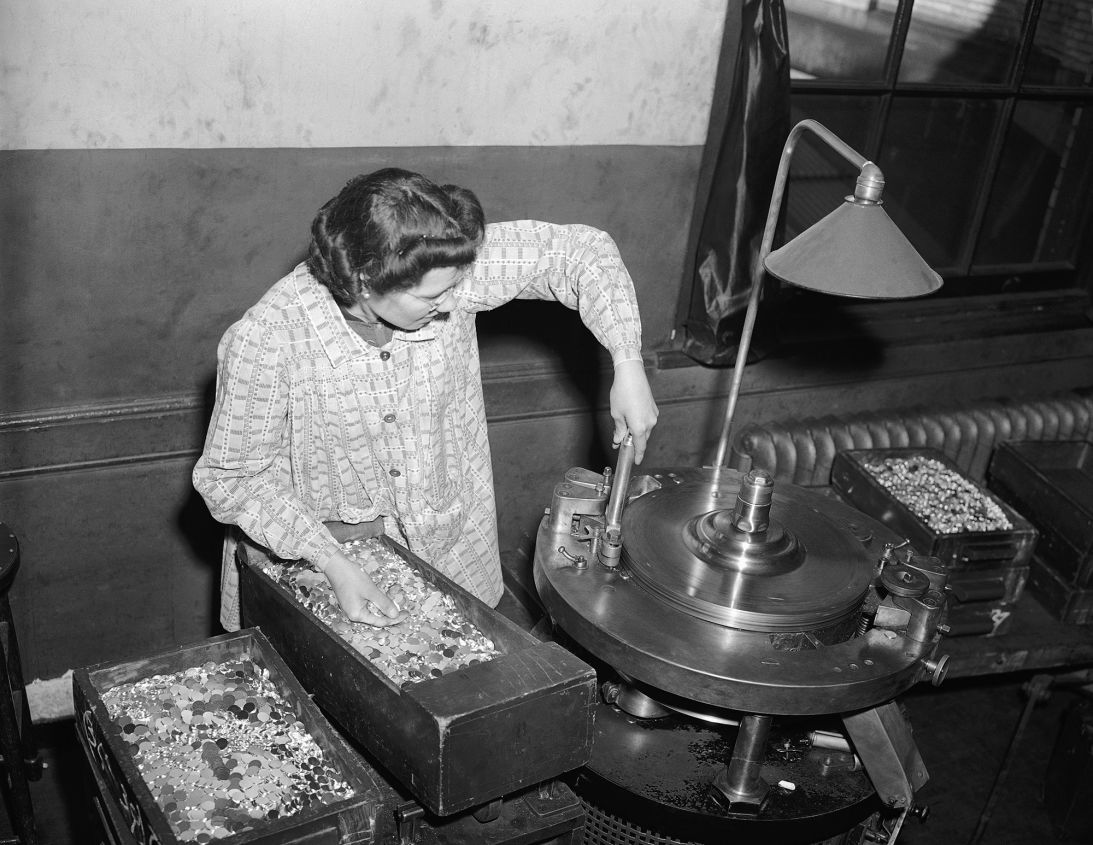Business
Nickel Faces Uncertain Future as Penny Production Ends

The United States Mint has ceased production of the penny, raising questions about the future of the nickel. The final pennies were minted at the Philadelphia facility on March 15, 2024, primarily due to rising production costs that far exceed the coin’s value. While pennies remain legal tender, banks and retailers are reporting shortages, prompting a reevaluation of the nickel’s viability as well.
The cost of producing a penny reached nearly 5 cents, making it less valuable than its face value. In comparison, the nickel incurs a loss of approximately 9 cents per coin. This discrepancy arises largely from the materials used in their composition. Nickels consist of 75% copper and 25% nickel, whereas pennies are primarily composed of 97.5% zinc and only 2.5% copper. Since late 2016, the prices of copper and nickel have roughly doubled, while zinc has remained relatively stable.
Rethinking Coin Production Costs
According to Mark Weller, executive director of Americans for Common Cents, both the US Mint and its supplier, Artazn, are exploring ways to reduce nickel production costs to under 5 cents per coin. Weller noted that achieving this goal could be feasible within a year, potentially resulting in a “new” nickel that looks identical to the current version. He stated, “It just so happens that copper and nickel are two of the more expensive metals you could be using.”
Despite these efforts, the nickel faces a fundamental challenge: its diminishing practical use. As cash transactions decline in popularity, the demand for coins, including the nickel, has also waned. Countries like New Zealand and Australia phased out their smaller denomination coins in the early 2000s, providing a precedent for the potential elimination of the nickel.
Consumer Impact and Future Predictions
David Smith, a professor of economics at the Graziadio School of Business and Management at Pepperdine University, pointed out that while nostalgia for coins may slow their phase-out, he expects the nickel to eventually follow the penny into obsolescence, likely within 15 to 20 years. He emphasized that moving towards a cashless economy poses challenges for lower-income consumers, stating, “The move away from cash really benefits big banks and credit card companies.”
As merchants grapple with penny shortages, they are seeking clarification on whether they can round cash purchases to the nearest 5 cents. A recent study from the Federal Reserve Bank of Richmond indicated that rounding to the nearest nickel could cost American consumers approximately $6 million annually. Conversely, eliminating the nickel and rounding to the nearest dime could escalate that figure to about $56 million.
Despite the Mint’s losses on both pennies and nickels since 2006, Weller remains cautious about the immediate future of the nickel. He remarked, “I’ve had reporters calling me about the future of the penny for the last 30 to 35 years. So I don’t see there being an immediate change.” As the conversation around coin currency continues, the fate of the nickel remains uncertain, but its challenges echo the broader trends in cash use and economic realities.
-

 Science2 weeks ago
Science2 weeks agoUniversity of Hawaiʻi Joins $25.6M AI Project to Monitor Disasters
-

 Business2 weeks ago
Business2 weeks agoForeign Inflows into Japan Stocks Surge to ¥1.34 Trillion
-

 Top Stories3 weeks ago
Top Stories3 weeks agoMarc Buoniconti’s Legacy: 40 Years Later, Lives Transformed
-

 Top Stories3 weeks ago
Top Stories3 weeks agoBOYNEXTDOOR’s Jaehyun Faces Backlash Amid BTS-TWICE Controversy
-

 Health3 weeks ago
Health3 weeks agoInnovative Surgery Restores Confidence for Breast Cancer Patients
-

 Sports1 month ago
Sports1 month agoSteve Kerr Supports Jonathan Kuminga After Ejection in Preseason Game
-

 Science1 month ago
Science1 month agoChicago’s Viral ‘Rat Hole’ Likely Created by Squirrel, Study Reveals
-

 Lifestyle1 month ago
Lifestyle1 month agoKelsea Ballerini Launches ‘Burn the Baggage’ Candle with Ranger Station
-

 Entertainment1 month ago
Entertainment1 month agoZoe Saldana Advocates for James Cameron’s Avatar Documentary
-

 Politics1 month ago
Politics1 month agoDallin H. Oaks Assumes Leadership of Latter-day Saints Church
-

 Top Stories3 weeks ago
Top Stories3 weeks agoCarson Wentz Out for Season After Shoulder Surgery: Urgent Update
-

 Lifestyle1 month ago
Lifestyle1 month agoDua Lipa Celebrates Passing GCSE Spanish During World Tour









